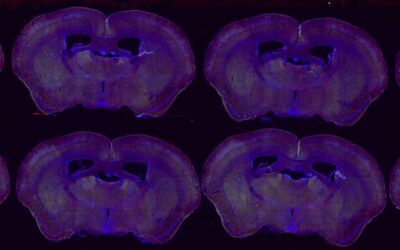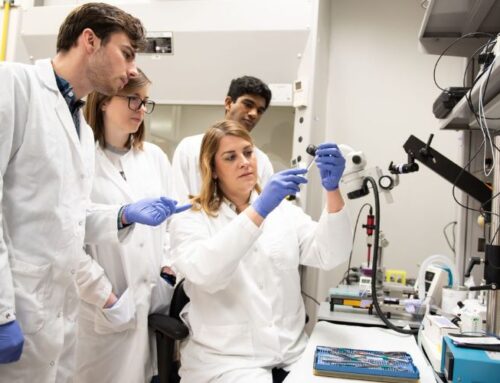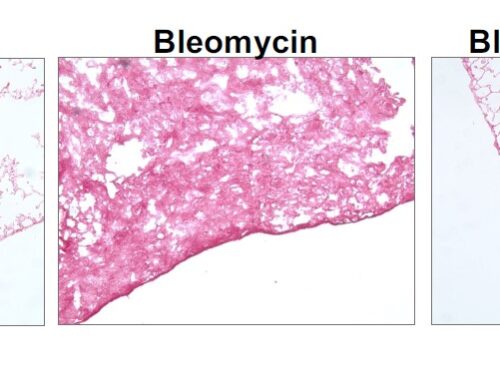Decoding the Brain’s Internal Clock, and What Happens When It Breaks?
By: TAMU Biology
 From sleep cycles to hormone levels to body temperature, nearly every aspect of our biology follows a 24-hour rhythm. These daily patterns, known as circadian rhythms, are not just passive responses to the rising and setting sun. They are actively regulated by an internal clock deep in the brain: the suprachiasmatic nucleus (SCN). This tiny region acts as the body’s timekeeper, aligning behavior and physiology with the external environment.
From sleep cycles to hormone levels to body temperature, nearly every aspect of our biology follows a 24-hour rhythm. These daily patterns, known as circadian rhythms, are not just passive responses to the rising and setting sun. They are actively regulated by an internal clock deep in the brain: the suprachiasmatic nucleus (SCN). This tiny region acts as the body’s timekeeper, aligning behavior and physiology with the external environment.
In Texas A&M University’s Department of Biology, Dr. Jeff Jones leads a research program dedicated to uncovering how this clock operates at its most fundamental level. His lab investigates how genes, neurons, and circuits within the SCN and downstream brain regions interact to generate circadian rhythms. By studying how the SCN receives input (such as light), maintains internal timing, and sends output signals that shape complex behaviors and physiological functions, Dr. Jones’ team is piecing together the full picture of our biological timing system.
 His lab has developed new methods to track and manipulate circadian gene expression and neural activity in living animals over multiple days. With these tools, the team can examine how SCN firing patterns influence brain-wide signaling and behavior, and how disruptions in these patterns may contribute to health problems.
His lab has developed new methods to track and manipulate circadian gene expression and neural activity in living animals over multiple days. With these tools, the team can examine how SCN firing patterns influence brain-wide signaling and behavior, and how disruptions in these patterns may contribute to health problems.
Ultimately, the Jones Lab aims to decode how the SCN communicates with the rest of the brain and how different types of neurons interpret and pass along timing information to drive rhythms in behavior and physiology. Key questions include: Which neurons receive timing cues from the SCN? How do they integrate these signals with other inputs? And how do they help maintain distinct biological rhythms across systems?
Why It Matters
Circadian rhythms are more than sleep schedules; they are critical for physical and mental health. Disruptions in the circadian system are linked to metabolic diseases, cardiovascular disorders, and mental health conditions such as depression and bipolar disorder. Dr. Jones’ research clarifies how the brain’s master clock encodes and distributes time signals, a crucial step toward understanding and eventually treating circadian-related disorders. By uncovering the neural logic of our internal clocks, this work could lead to better strategies for restoring healthy rhythms in people whose circadian systems have been disrupted.





